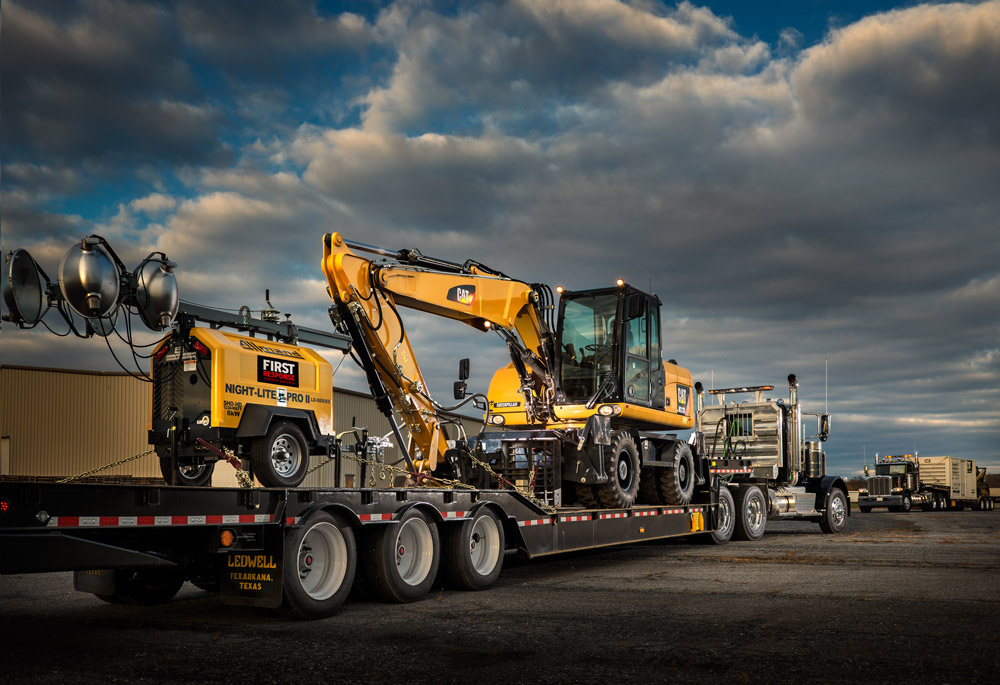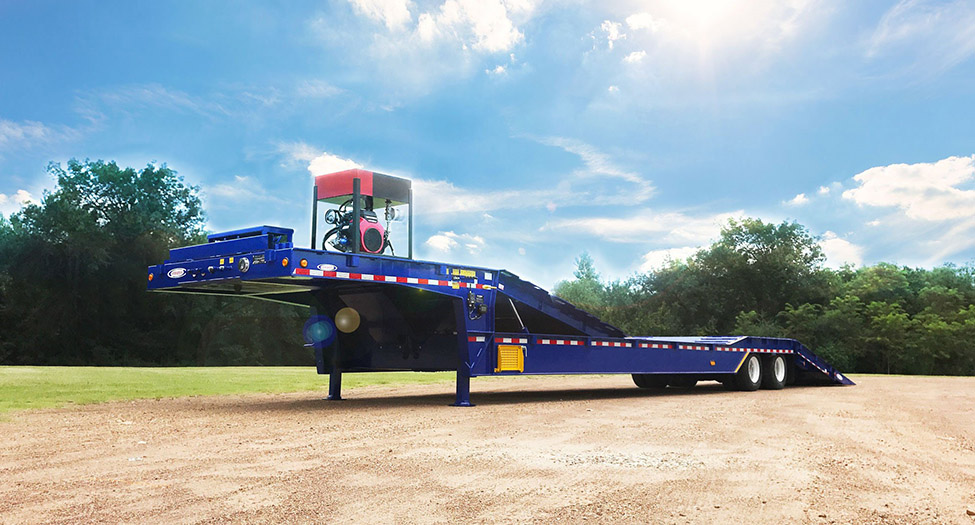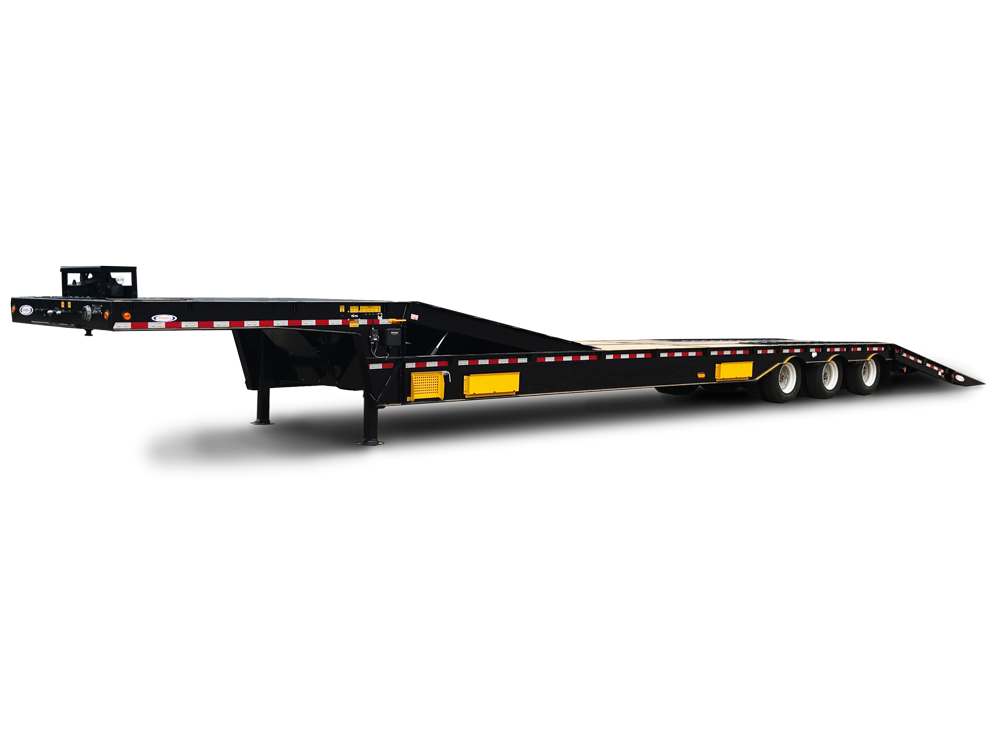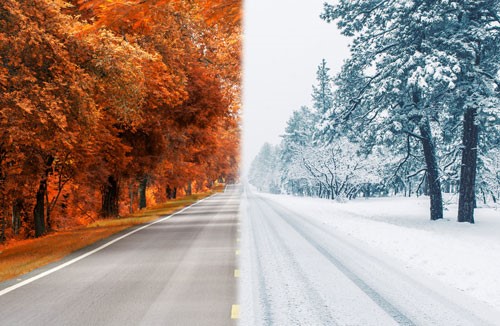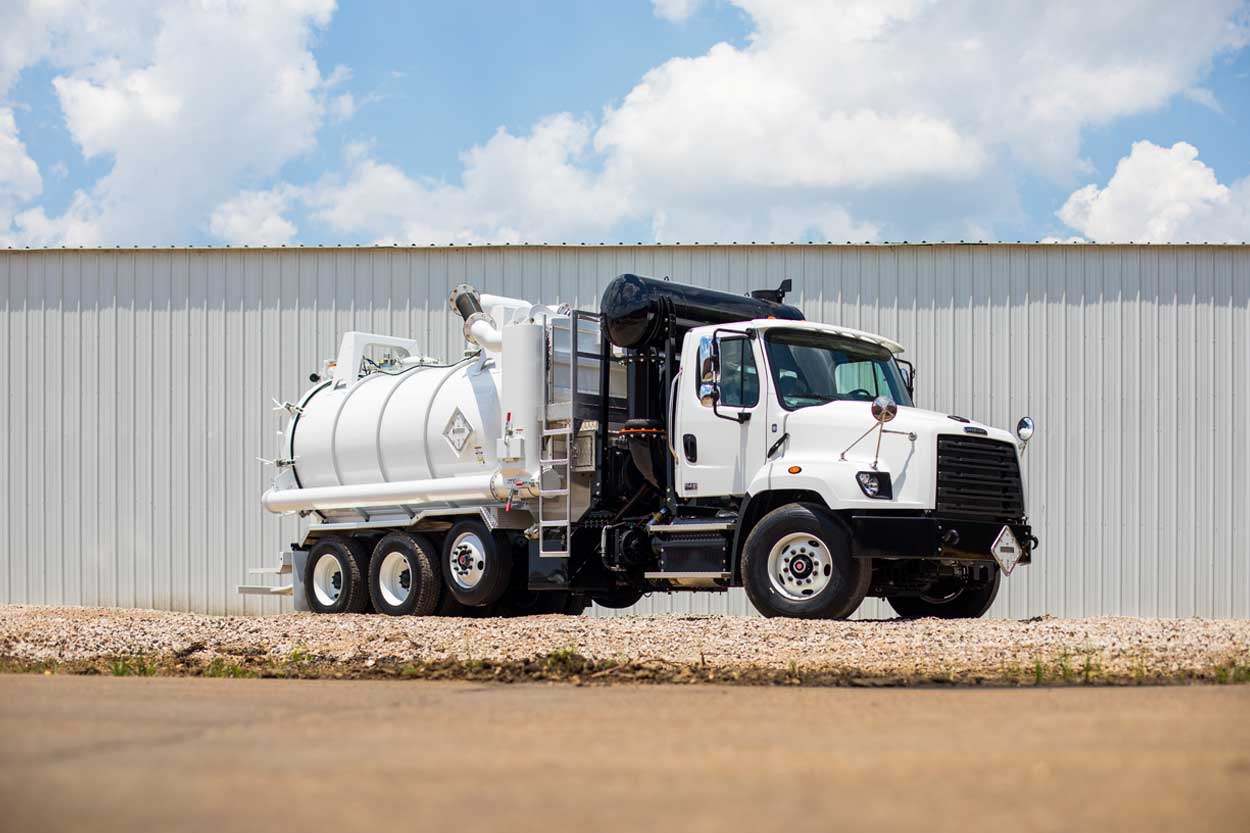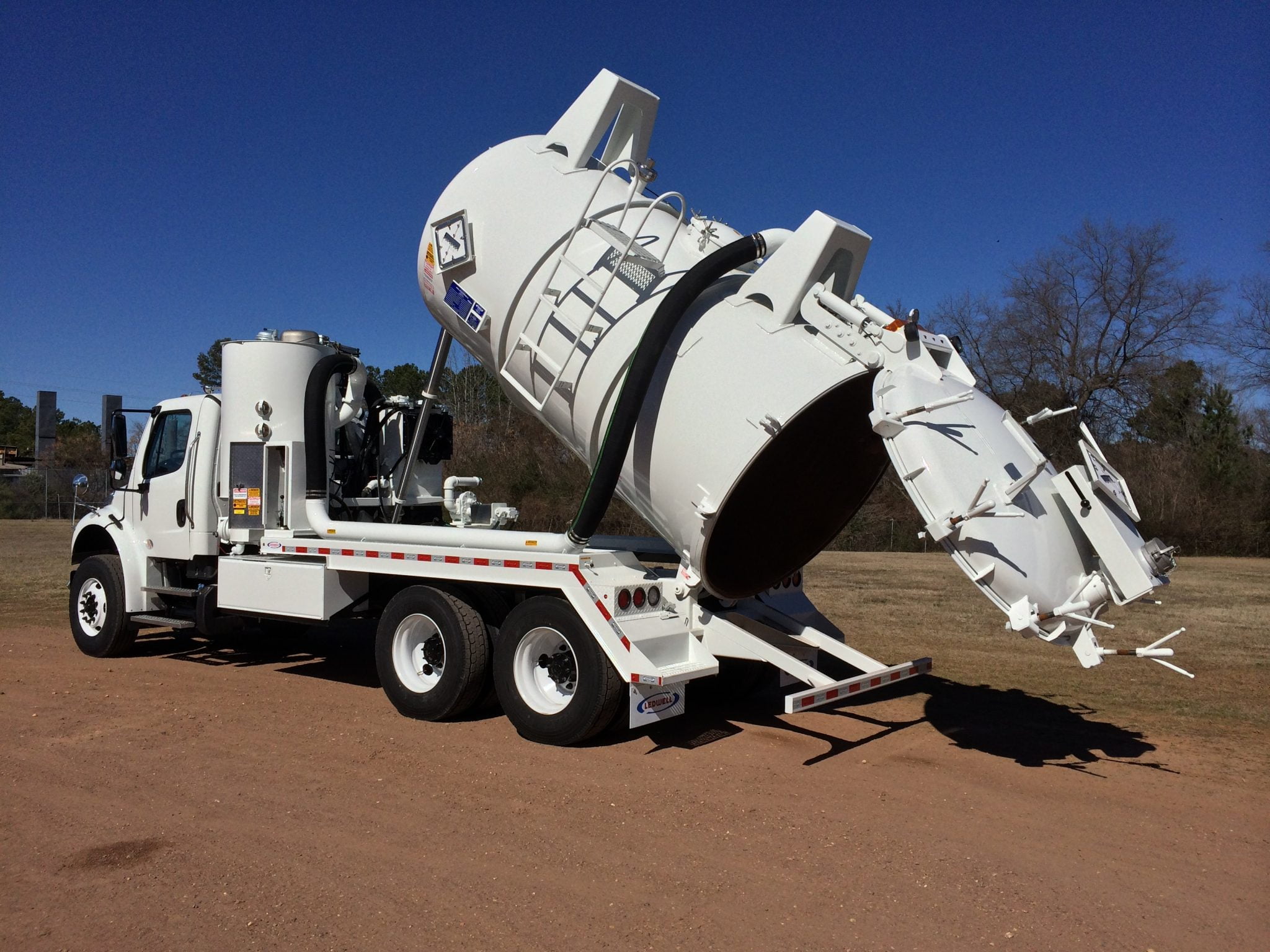
In the industrial world, a big word is efficiency – especially when it comes to manufacturing. One needs to be able to get parts, pieces, and products out fast and accurately. People are and will always be the key, but sometimes they need a little help to keep up with customer demands. That’s why Ledwell would like to introduce you to a new addition to our team – our Computer Numerical Controlled (CNC) Robotic Welder.
Our Robotic Welder is currently being used to produce over 30 types of parts – for example, our hydraulic cylinders.
We’ve decreased the time it takes to weld together a cylinder in half due to this innovation. The robot program knowledge is growing and soon will handle the output of our most highly produced parts.
This machine can move roughly three to four times faster than the average person with the accuracy and precision Ledwell requires. Where it might take a person 20 minutes to weld a single part, it would take the robot five.
The operator has two options in controlling this machine. They can either control it Offline, meaning they present a 3D model and provide commands, or they can teach the machine and guide its every movement. Either way, the Robotic Welder is non-stop.
The continuous movement is really what gives the machine an extra edge and makes it cool to watch!
Follow us on social media and you might see it in action.



